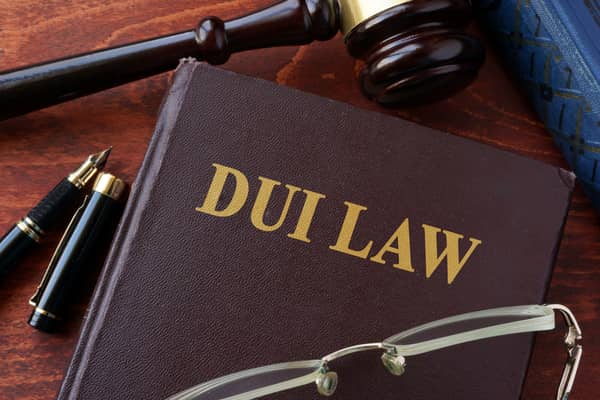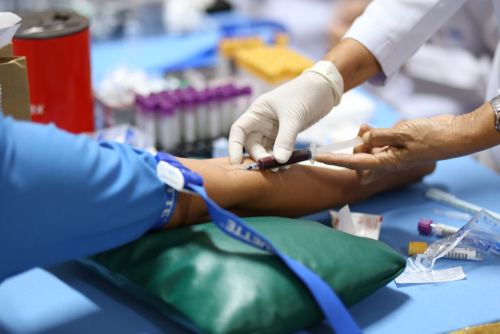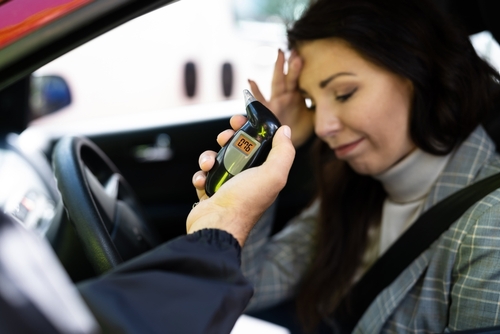Responsible driving may have different meanings in different states of the country. According to the statistics from 2019, DUI incidents in Indiana accounted for all the alcohol-impaired fatalities per 100,000 population in the entire country.
Additionally, the frequency of under -21 DUI (which is completely illegal) that caused fatalities in Indiana is 17.7 percent of the national 23.3 percent. There has been an overall increase of 43 percent in the last ten years in DUI-associated fatalities in Indiana.
This makes the regions of Indiana, especially the capital of Indianapolis, a hub for DUI-related accidents. Even though drinking and driving or driving under influence (DUI) is illegal in all states of the USA, different levels of intoxication lead to different severities of consequences. You might want to discuss this with your Indianapolis DUI defense lawyer to learn more.
Know the State DUI Laws of Indiana
Most of the DUI assessment levels are based on the blood alcohol concentration (BAC) of the driver.
- If the BAC of a driver above the age of 21 is over 0.8 percent, the driver is considered driving under influence.
- If the BAC of a driver operating a commercial vehicle is above 0.4, they can be charged with DUI.
- Anyone below 21, driving with BAC levels above 0.2, is convicted of breaking the law.
The above point implies that any driver above 21, with BAC under 0.8 or 0.4 (depending on the type of vehicle), is not considered driving under influence. However, situations tend to deviate at times.
There are three standardized sobriety tests that anyone suspected of DUI has to undergo. In case the driver fails any of these tests, they will be charged with DUI. Here is someone under suspicion of DUI tested:
- Walk and Turn Test
- One-Leg Stand Test
- Horizontal Gaze Nystagmus Test
Estimated BAC Levels by Number of Drinks
If you are unsure of your BAC levels after having some drinks on a regular day and are confused about your driving capabilities, check out the following estimates that may help you recognize your BAC levels in comparison:
- After two drinks: Mostly results in a BAC level of 0.2, which hampers the eye-hand coordination of the driver
- After three drinks: At a BAC of 0.5 after three drinks, an average person may have difficulty in keeping their focus, tracking moving objects, or responding to sudden stimuli. This level of BAC is legal; however, it is often harmful as the driving capabilities are considerably reduced.
- After four drinks: This results in a BAC of 0.8 in most cases. This level is the threshold for legal driving in Indianapolis. Hence many drivers do not consider it to be harmful. However, the driver is expected to experience severe impairment of vision, short-term memory loss, and comprehension of basic traffic rules, like following the signals.
- After five drinks: This results in above permissible BAC levels of 0.10 in most cases. Drivers are expected to lose their control of brakes, resulting in a very probable situation for car accidents
- After six drinks: This tends to have BAC levels of at least 0.15 in most people. This is a dangerous level for people who intend to drive. In this situation, the driver is likely to lose their capability of processing any information and auditory and visual perceptions.
It is completely illegal to drive over the legal BAC limit, and it is heavily warned against. However, surveys find that most people do not consider themselves drunk (at all) until they reach a BAC of 0.10!
There are several laws regarding responsible driving and alcohol consumption in Indiana. Their associated intricacies, such as an open container of alcohol, need to be carried out to comply with federal requirements. You avail all the additional information here.
Levels of DUI Offenses in Indianapolis
Depending on your BAC levels, the driver’s age and the passengers, and the type of vehicle driven, there are three levels of offense categories in DUI cases.
Class C Misdemeanor
Any driver operating a vehicle with BAC levels between 0.8 and 1.5 commits a level C misdemeanor. These convictions also apply in case of intoxication under controlled substances.
Penalty: fine up to $500 and a 60-day jail time.
Class A Misdemeanor
Any driver operating a vehicle with BAC 0.15 or above can be convicted of a level two offense. Moreover, if the nature of driving endangers any of the passengers, it is considered a class A misdemeanor.
Penalty: up to a $5,000 fine and a one-year incarceration
Level 6 Felony
If the driver has a BAC level above the permissible extent and has any non-adult passengers (below 18), they are convicted of a level 6 felony. If the driver is convicted for the second time of DUI in the past five years, it is also considered a level 6 felony.
Penalty: a maximum fine of $10,000 and 6 months to 2.5 years of imprisonment.
Level 5 Felony
If DUI results in bodily injury to anyone else, it is considered a level 5 felony, even if there are records of past incidents where no one was injured.
In case of death due to DUI, it is also a level 5 felony at the minimum.
Level 4 Felony
If there is any fatality due to DUI, and there are also previous records of DUI in the last five years, it is considered a level 4 felony.
Penalty: a fine of $10,000 and a minimum of 2-12 years of imprisonment. The injuries incurred upon each victim are considered one count of felonies. Thus, it can all add up to a very dire consequence.
Frequency of Offenses and Associated Penalties
DUI penalties are steeper if you have prior convictions.
First-Time Offender
If this is the first-ever report of someone’s DUI, they are considered a first-time offender. The penalty varies depending on the BAC level and other conditions explained above. At a minimum, there can be one year of license suspension, $50-$5,000 in fines, and up to 1 year of imprisonment. If the driver also fails any sobriety tests, it adds another year to the license suspension.
Second-Time Offender
If it is a second-time occurrence of DUI in the last five years for any driver, they are liable to up to $10,000 in fines, up to 2.5 years of imprisonment, and 1-2.5 years of license suspension. In case of a failed sobriety test, a further 2-year suspension of license is in order.
Third-Time Offender
The consequences are heavy for a driver convicted of DUI for the third time in five years. -2.5 years + up to 8 years of incineration (if the prosecutor rules the convicted guilty of habitual DUI), up to $10,000 in fines, and a license suspension of 1-10 years. A failed sobriety test will add another two years of suspension.
A recent DUI incident has left one child of age eight dead and three injured in the southside of Indianapolis. Such incidents reiterate the hazards of driving under influence. Thus, it is crucial to be aware of all the implications that driving under influence may have.
To learn more about the penalties of DUI, contact our criminal defense attorney in Indianapolis, IN, today.










